GUGLATECH REVOLUTIONARY ULTRA 4 AIR FILTERS FOR MOTORCYCLES
You may ask yourself what is the first picture all about, well, it's a collection of the available Air Filtration Technology that you have on your bike, unless you're one of the SMART riders who already implemented a Guglatech ULTRA 4 air filter on your bike.
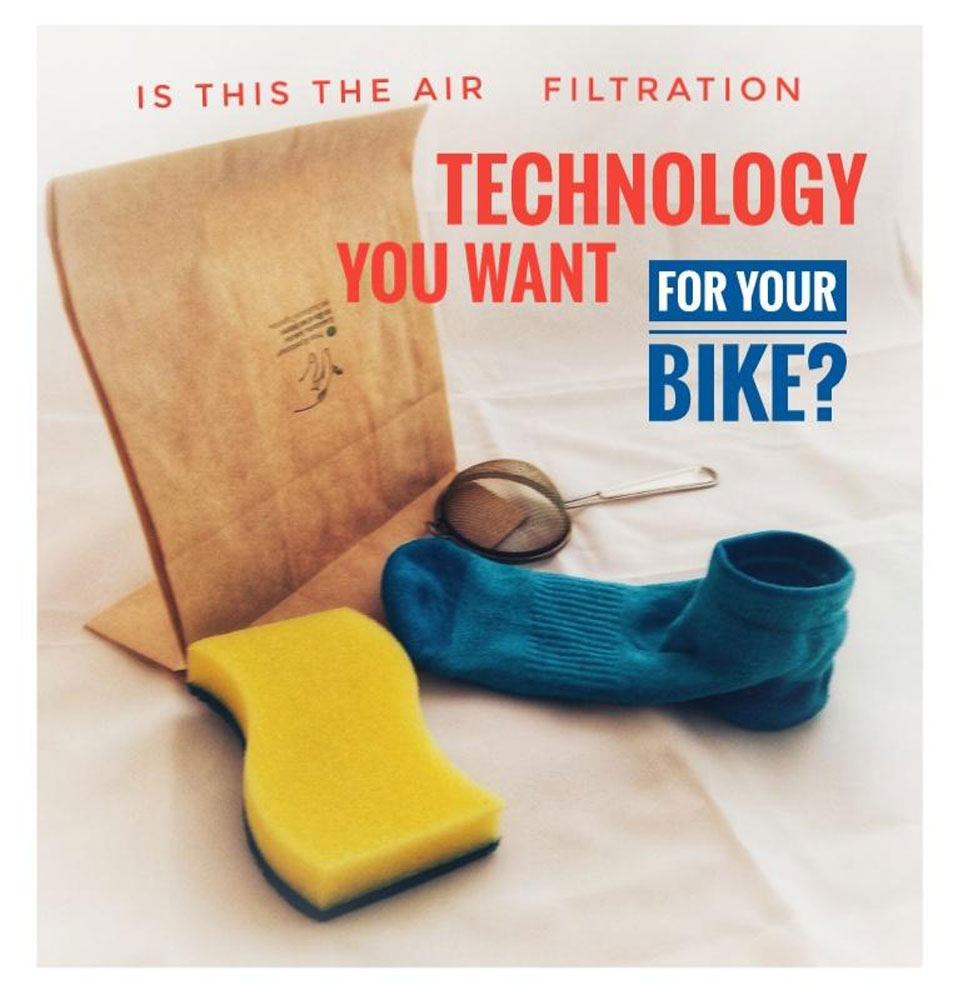
Good on YER!!!!
As for the rest of you, let me explain what, and why, is on the picture.
Let's state the obvious, there are flat and thick examples of Air filtration technology:
Paper filtration, namely the vacuum cleaner paper bag filter
Cotton, a nice used gym sock
Foam, a brand new dish washing sponge
Flat grid, my beloved tea sieve.
Enclosed in the picture you have all the technology that is still used on any kind of vehicles with internal combustion engines, but for one, the Guglatech Deep 3D Air filter Matrix ULTRA4
NDR, all the following microscope pictures have the same magnification of 55 to allow the best perception on how they are build.
Paper filters are well known for being very good at particulate retention, it is, like all type of paper products, produced simply compressing down a mat of plant fibers, therefore, it is not homogeneous.
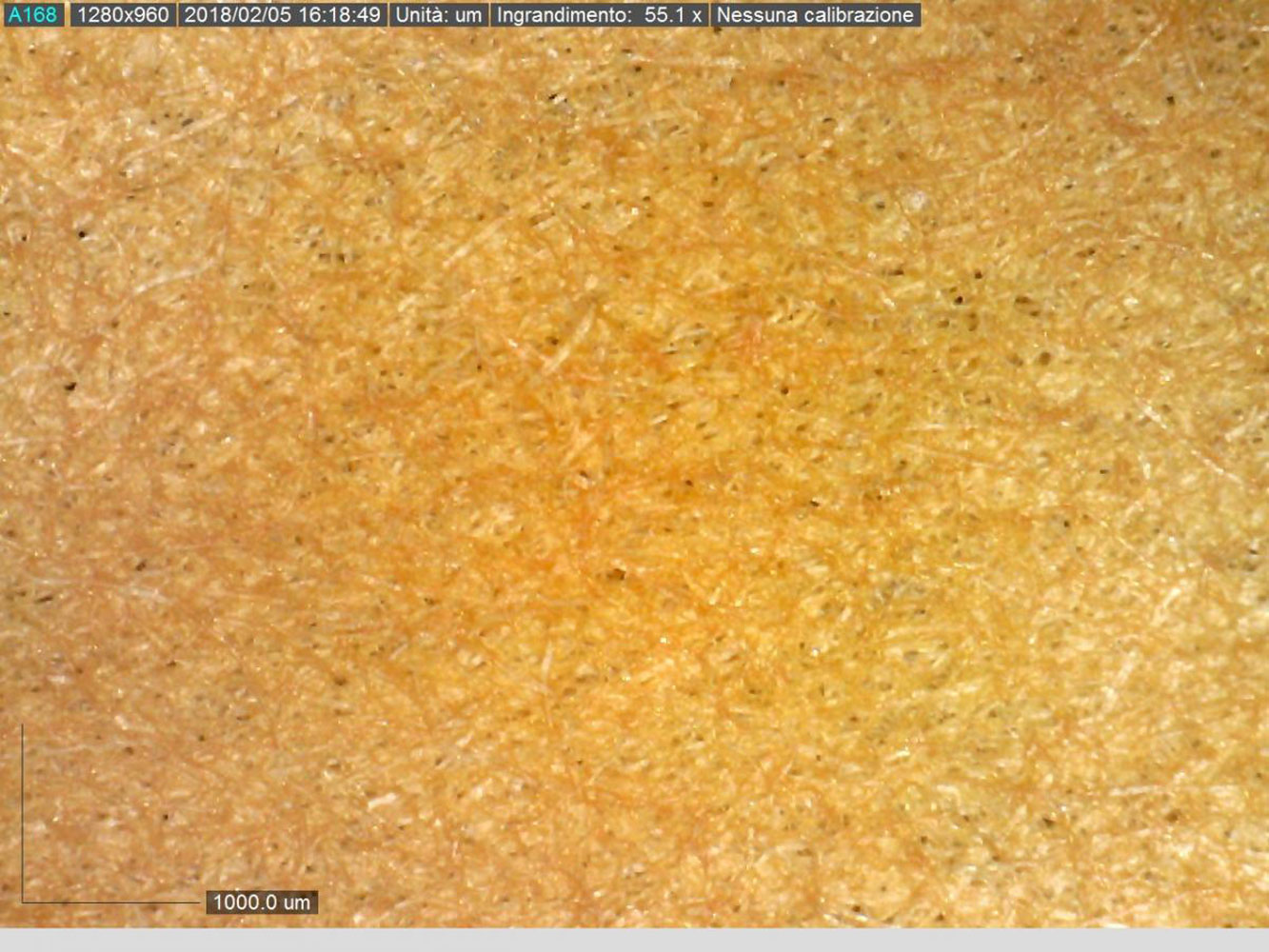
As you can see, some areas are really dense, some others have holes, a good paper filter would achieve a flow of 870 l/(m²*s), while namely paper would filter around 40-45 microns.
The gym sock, well, the market is redundant with different brands proposing the same Cotton based technology, warp and weft of cotton threads, here the thing gets interesting.
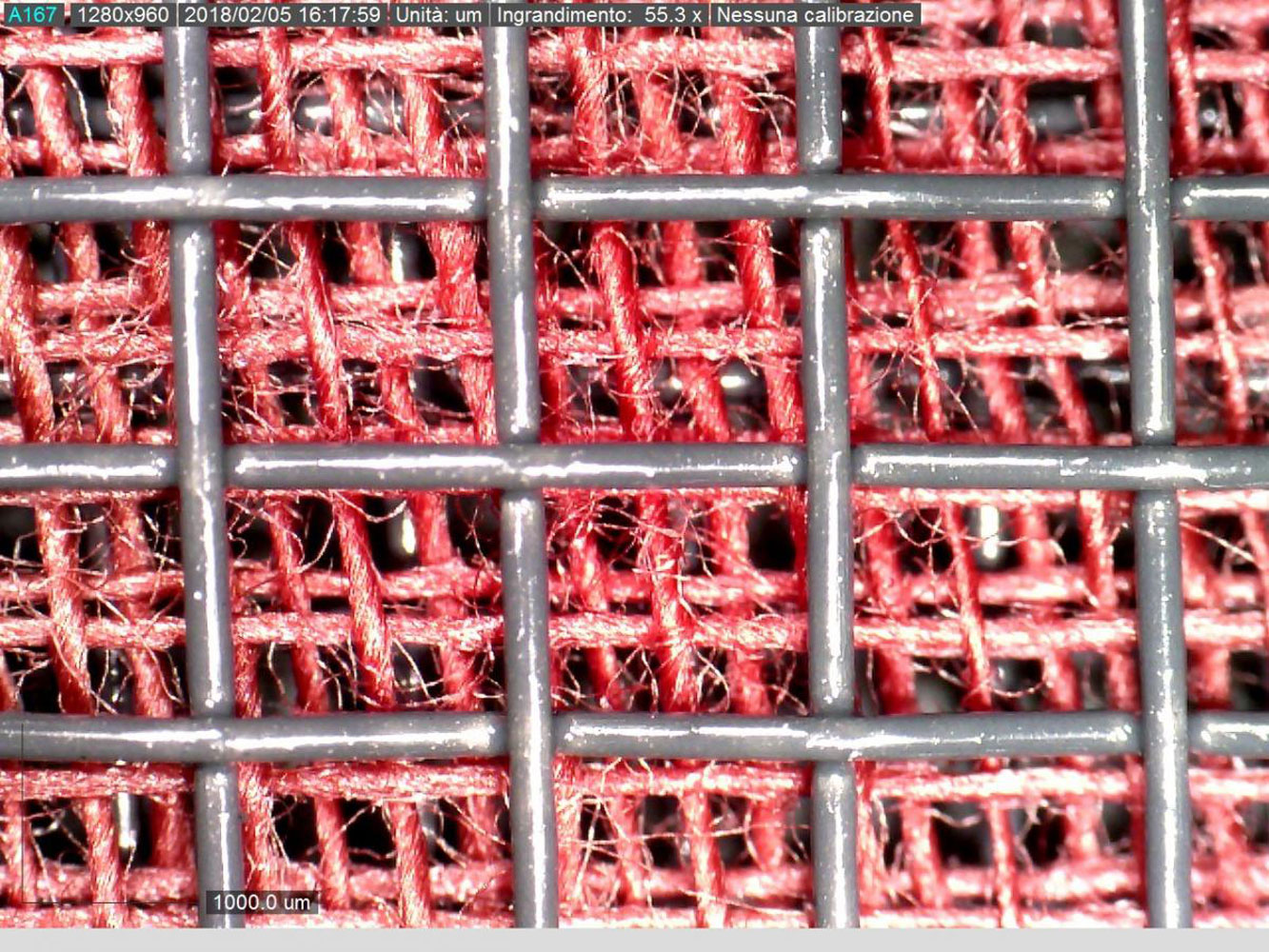
Yes, you can see the holes between the threads, and yes, the holes are pretty big, holes as big as 400x700 microns, the overlapping of many strata, in this case a street application of three layers, will try to make sure not too many holes are simply passing-through channels. No need to say more, right?
Oh, airflow, almost forgot, a good street three layer Cotton filter will allow around 11.800 l(m²*s), while a top race filter two layers 12.500 l(m²*s)
Now my favorite dish washing sponge, for dish washing obviously :)
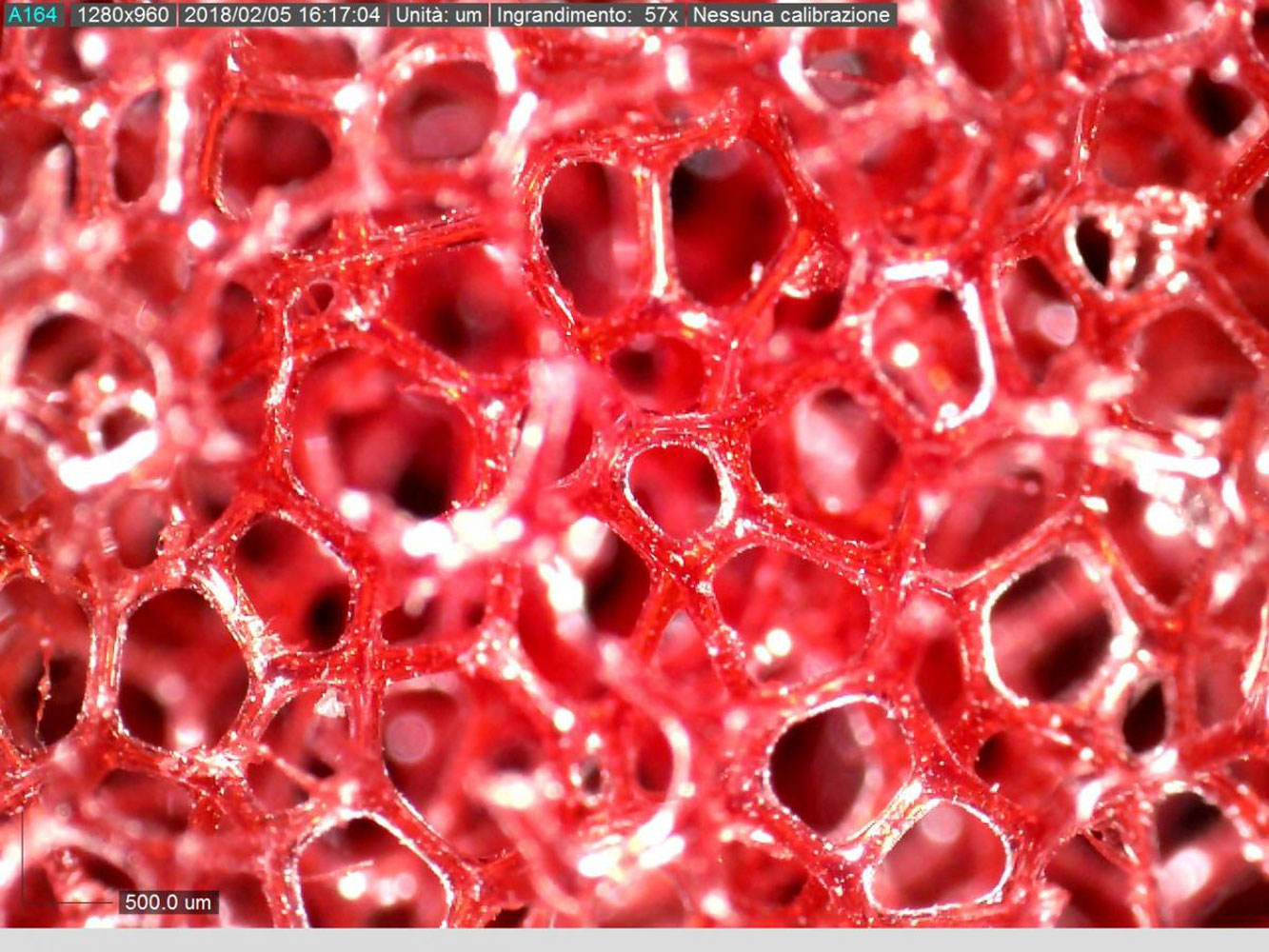
Well, is not that the situation is any better, we still have big passages, as big as 450 microns in some cases, hopefully not aligned.
All this too allow a "scarce" 7.800 l(m²*s) race open ones.
I am sure that you ALL know that filtration obtained with Cotton and Foam filters is due to the special Oil used to impregnate both medias and trap particles, like in FLYPAPER, and this is a really big problem.
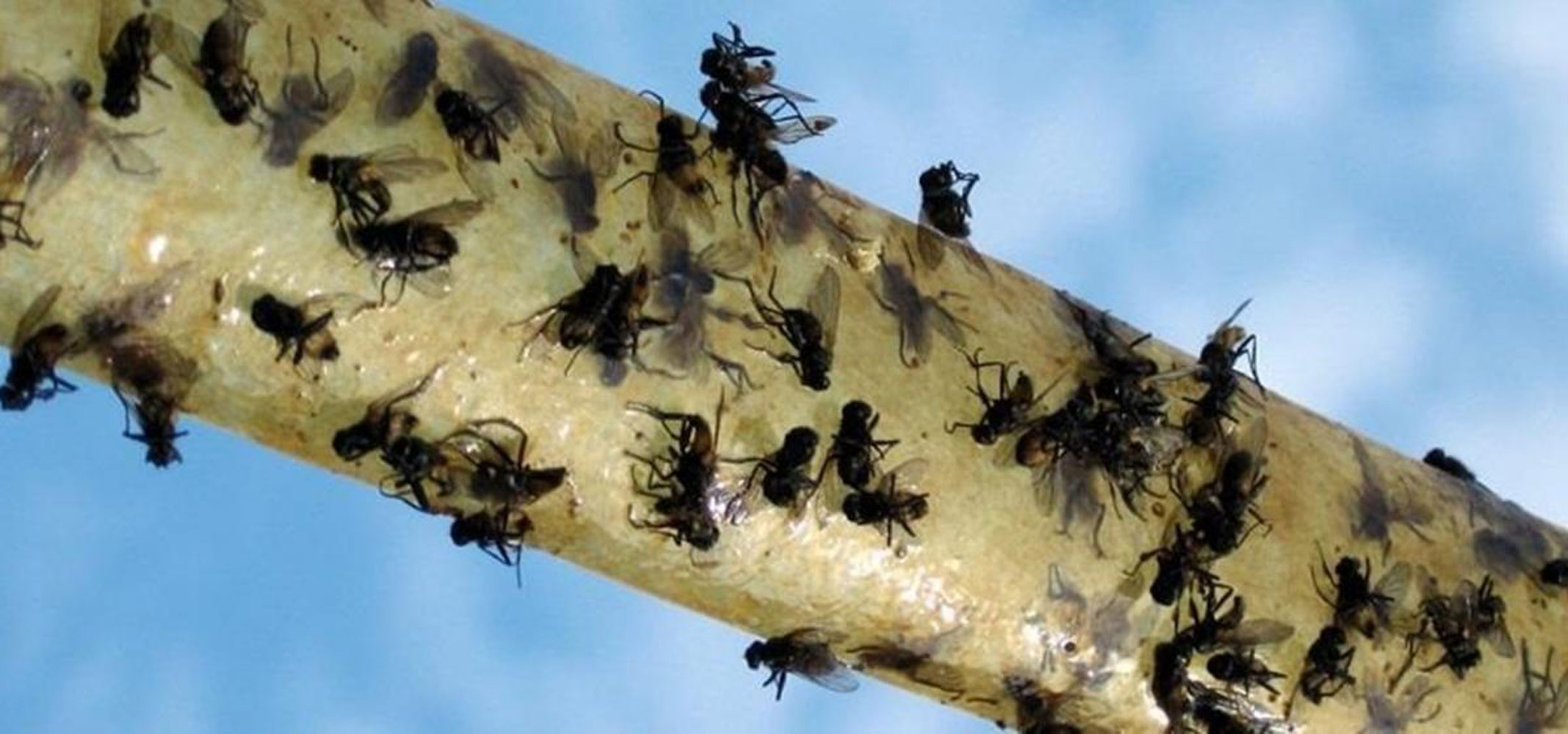
You see, until a filter based on "oil trapping" is "soiled" properly, it will allow big to "huge", comparatively speaking, particles to go by.
Here an example, dusty road, Italy, 2600 km, after full service with branded original product of a premium brand Cotton Sport/Street Filter
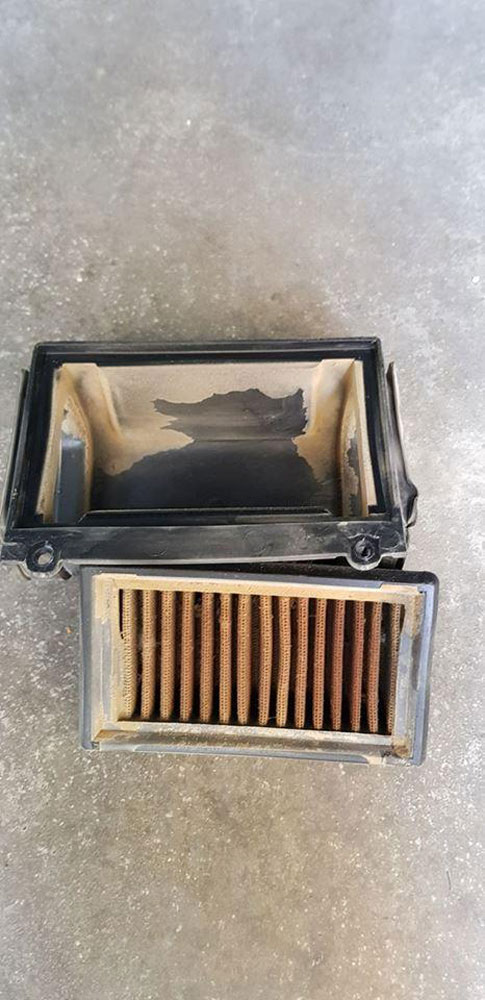
Well you would say JOLLY GOOD, erm, not so much,
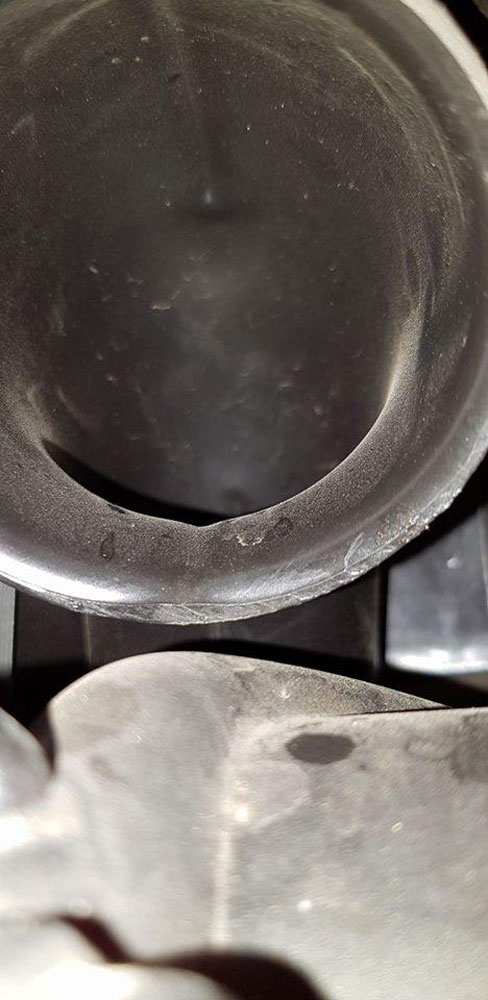
Fine and middle sized dust particle went through the filter inside the AIRBOX, and THIS IS NOT ACCEPTABLE.
Plenty of air, really far too much, and at the same time plenty of dust too, you tell me.
Both Cotton and Foam based filters belong to the 3D layer filtration technology, let's talk about 2D filtration technology.
Least but not last, my trusted tea leaves sieve, the only 2D technology example in the lot/market.
In this case magnification is only 10x, and yet you can see what kind of holes we are talking about
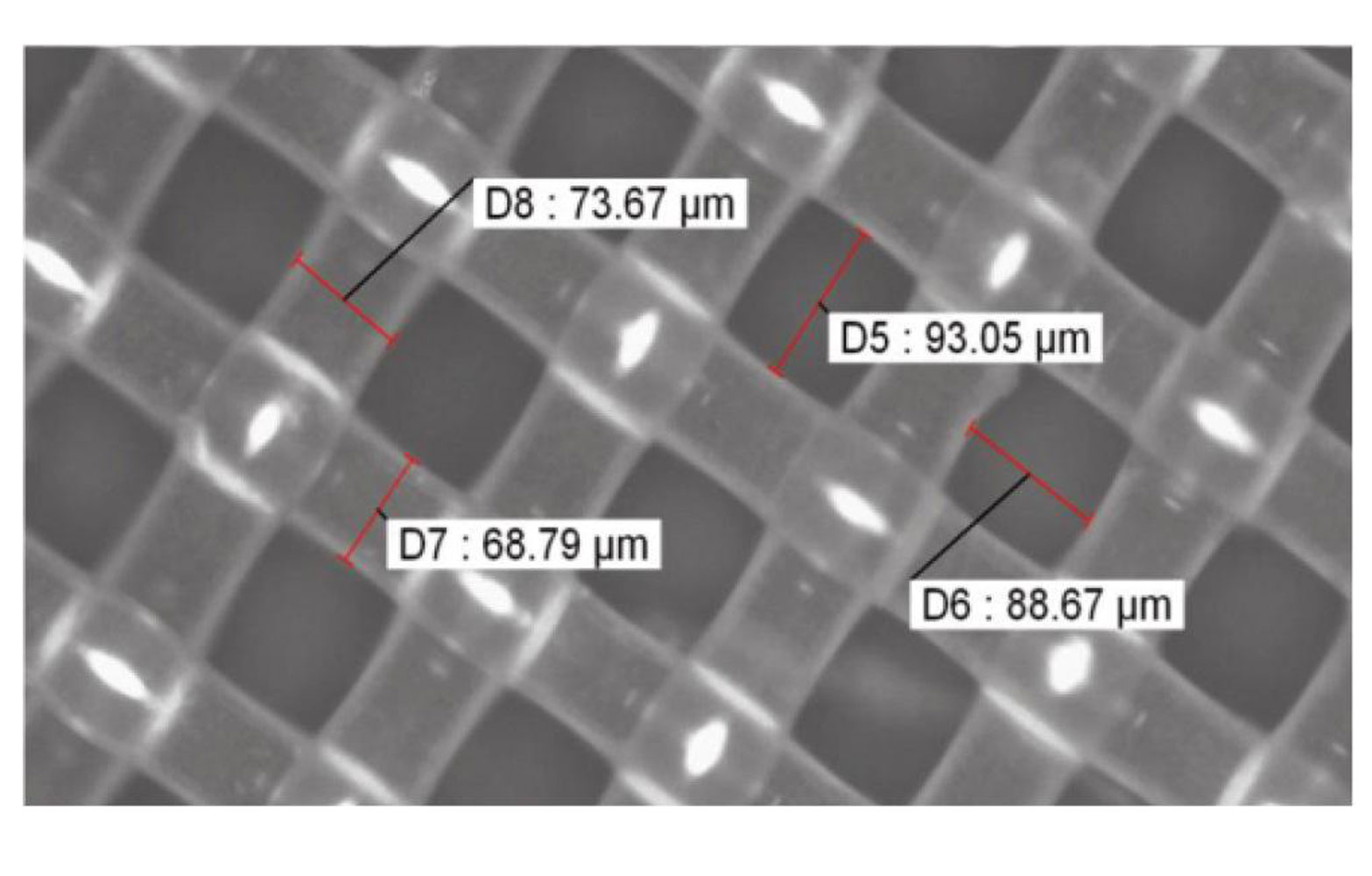
The grid in this case is smaller and more precise, you can see plenty of technology here, but still, the holes will let particle really big through, plus is a flat surface, and dry technology.
Air flow here is something out of a magic book : 16.700 l(m²*s) !!!! amazing for sure, but 100 microns particles are really big chucks and stones to let reach your combustion chamber.
But, do you really need up to 18 times more air flow than the original air filter was designed to allow? 18 times?? really?? with the stoichiometric ratio for petrol 4 strokes engine is roughly 14:1....... really that much air? No stratification, building up of whirlpools disrupting the necessary "calm" pressurized air front and so on.
So, why is all like this, why although is clear that protection is NOT anymore the main focus of such products, why nobody is focusing on in instead of "selling" the last achievable "hp"?
Well, I do not know, what I know is that it is NOT our way.
We started focusing on maximum protection for fuel systems, and it is obvious that we want to achieve the same also in air filtration, what else??
But how do you design a good filter? What is the first step? Well, obviously is the GOAL!!
We wanted to achieve 4 big steps
BETTER PROTECTION than the OEM paper one, the smaller the particle allowed the better for the engine
BETTER/BEST AIR FLOW allowed , better throttle responsiveness with best torque and top power combined
GREEN AND ECONOMICAL maintenance, no oil, no solvents, no pollution, simply fresh water, environment friendly
ETERNAL life, no need to pollute with further waste
And how do you achieve it? Simple, with more technology, research and only the best material available, always.
This, is how our 3D matrix looks like
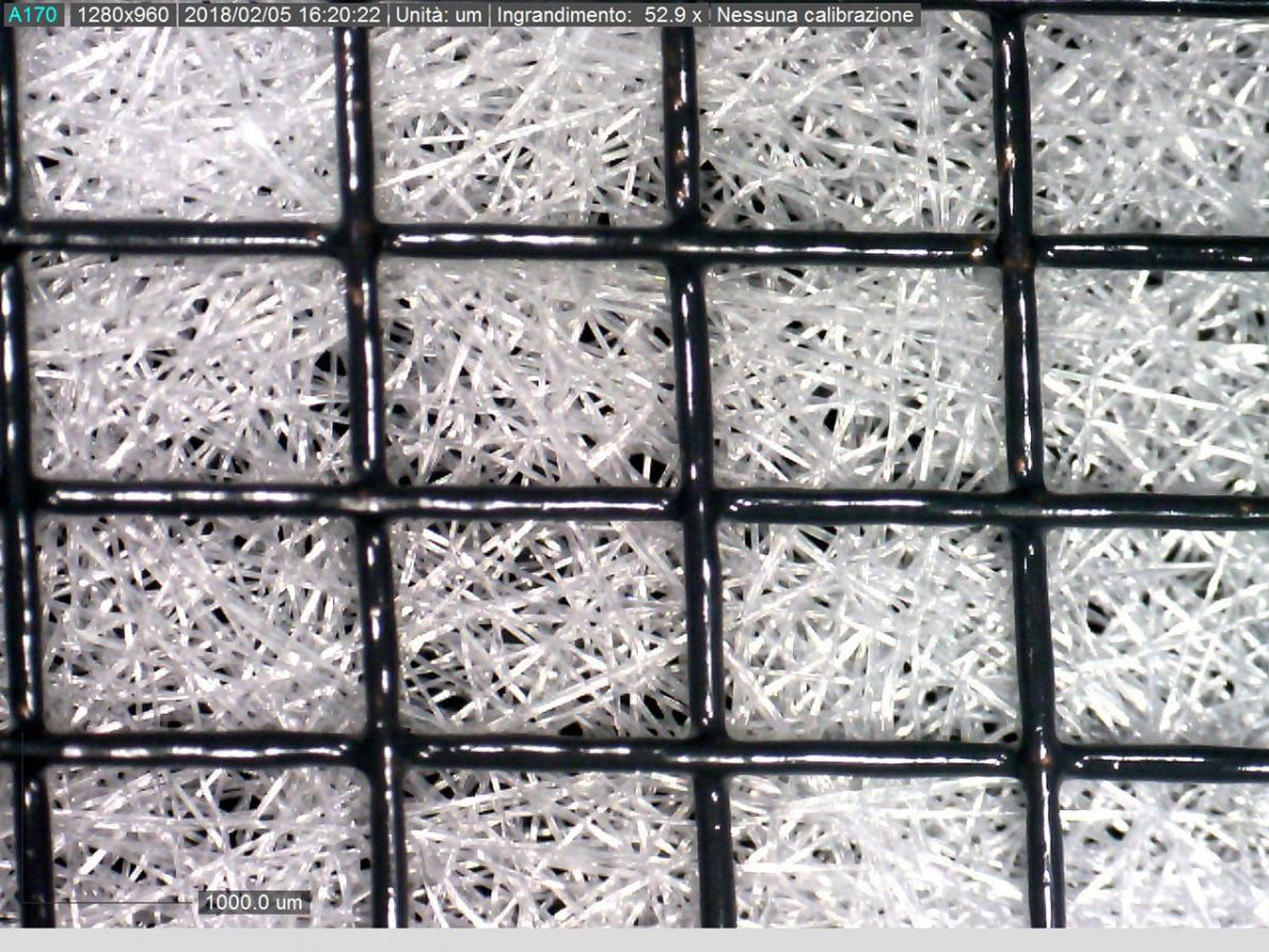
You can see the holes are not so scarce like in the paper one, way smaller than any of the other technology, roughly 35-40 microns, dry technology, from "second one" achieving the best filtration and keeping it until simply air blowing or fresh water cleaning will be necessary.
Air flow? We did our best, 2700 l(m²*s), three time better than paper, three times worse of the "last in class" of the other off-the shelf competitors, and yet our filter will allow a much better engine rev. keeping it safe and clean.
This filter has been designed to take you around the world and back, to the longest tour of your life, for your commuting and/or simply rides, not for race on the track, we have designed a real tough media for real tough life.
We have not talked about BETA ratio..... this will come in the second part of the article.
stay tuned...
